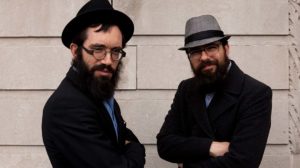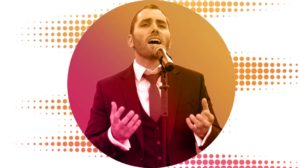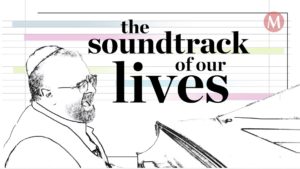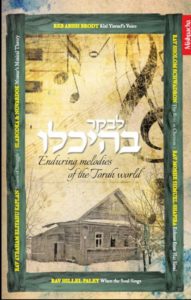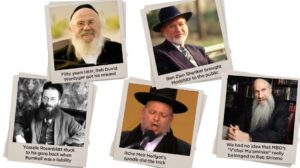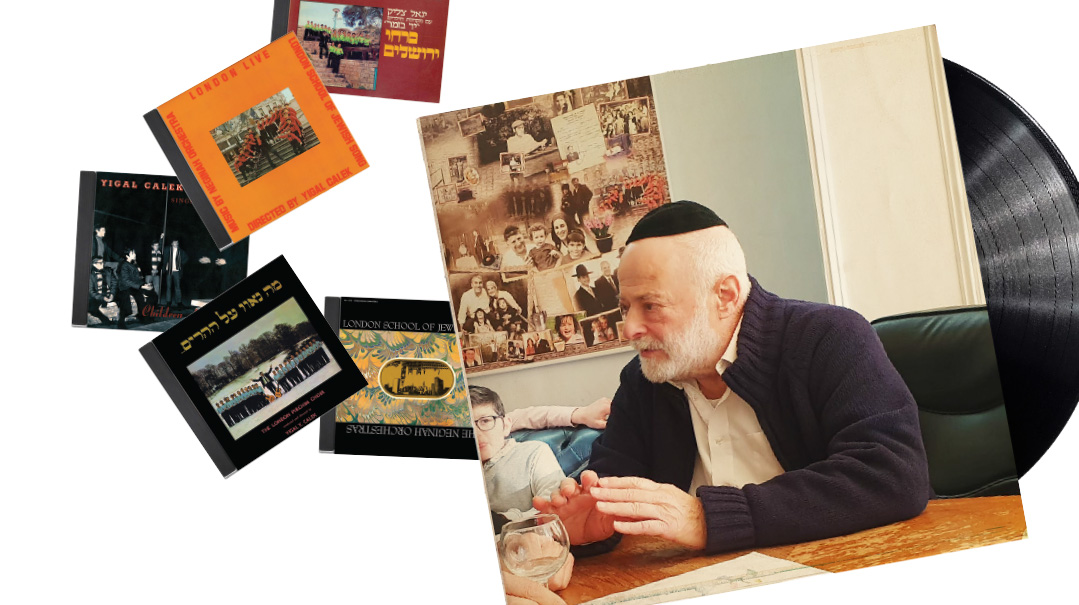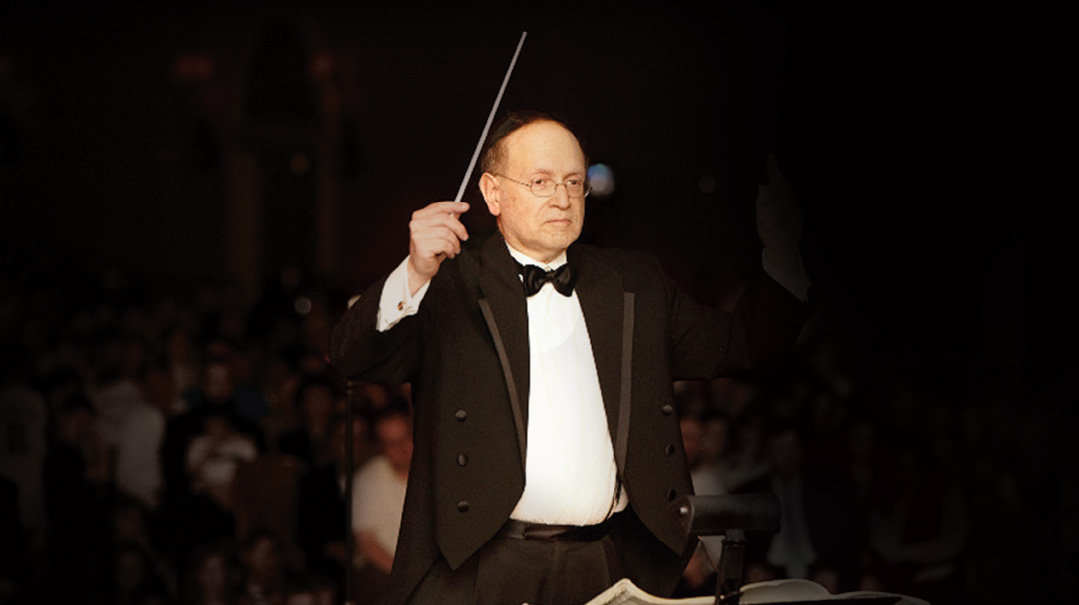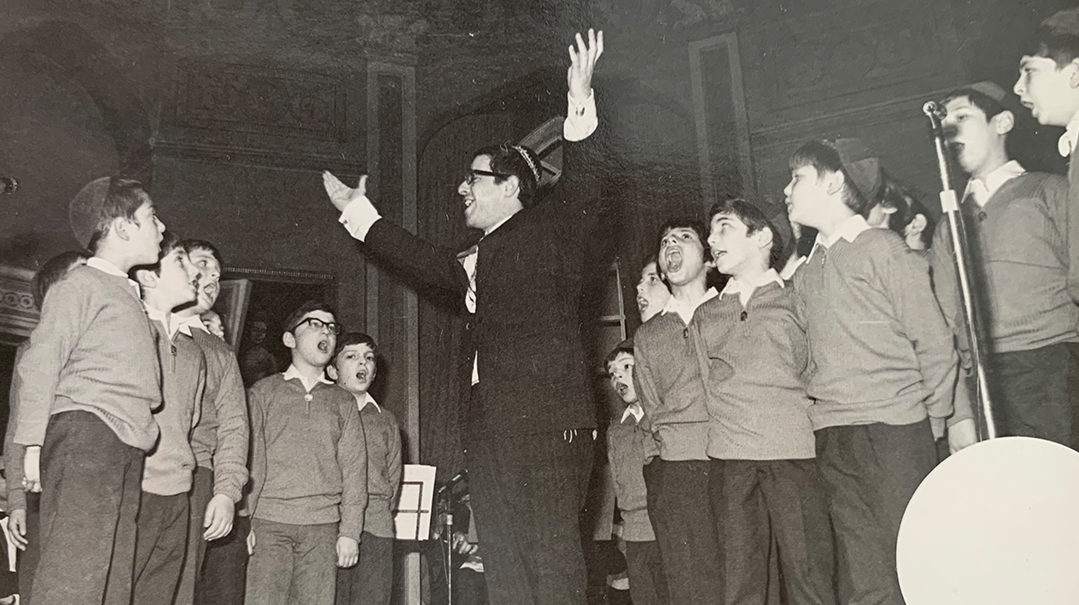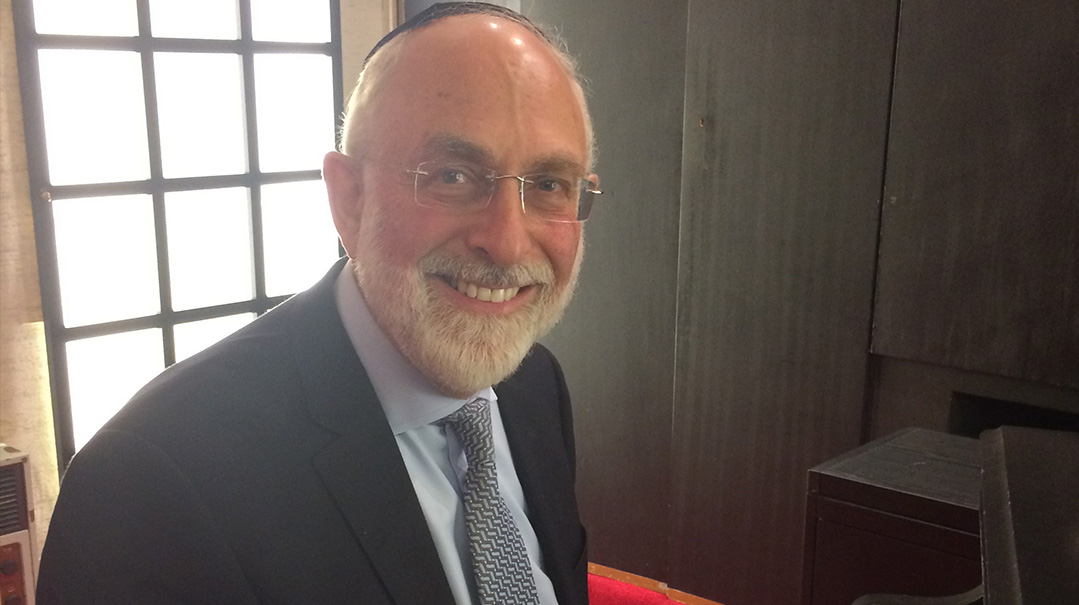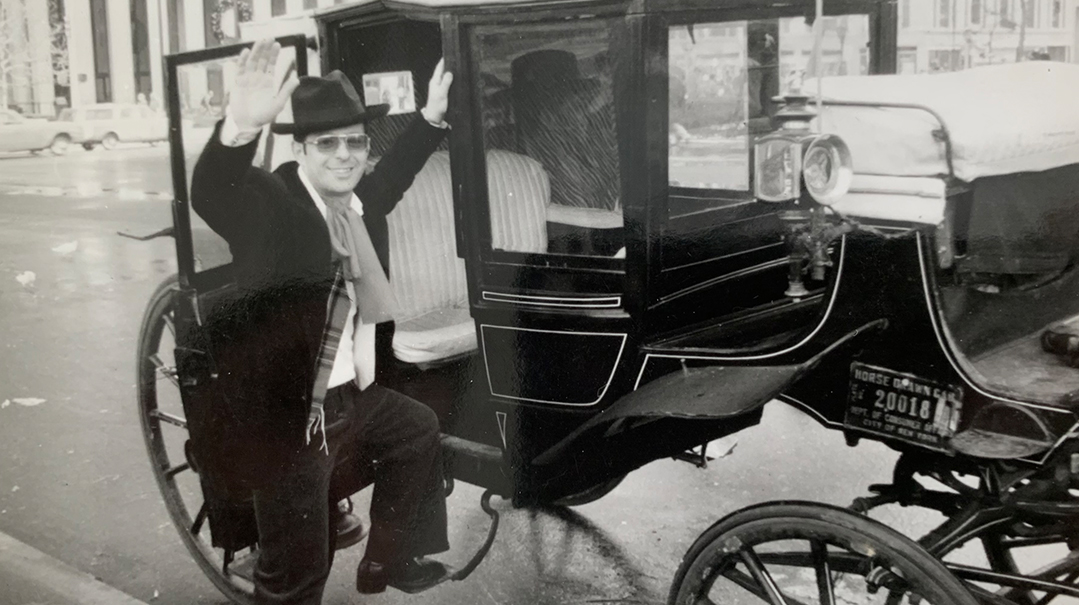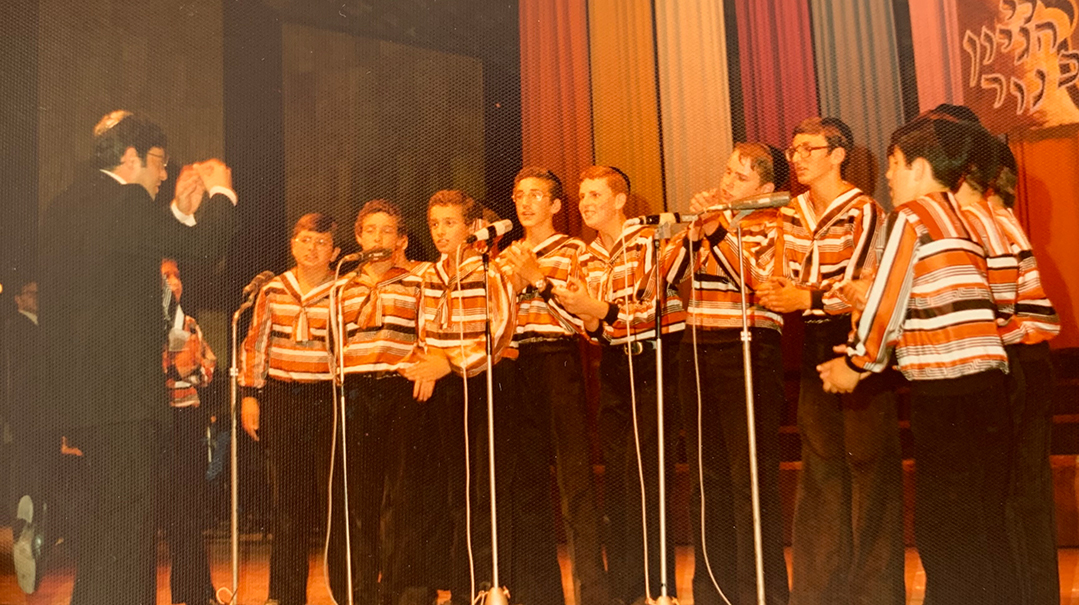Sheya Mendlowitz: Everyone Wanted to Talk to the London Boys
| July 20, 2021"There are only two standing ovations in the entire history of HASC, and one of them was for Yigal"
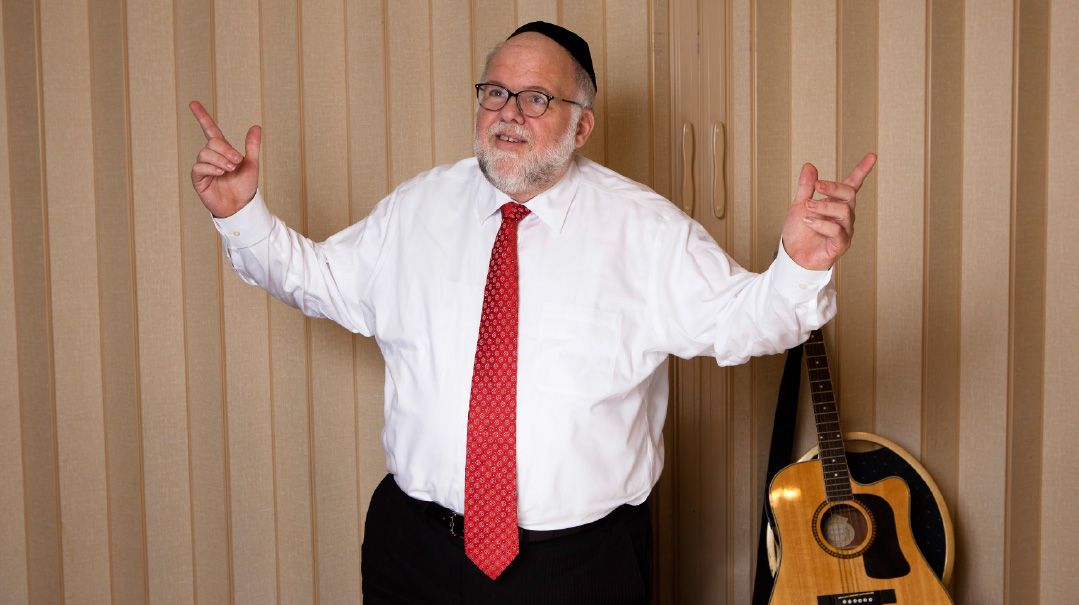
I would say that the biggest hits on Yigal’s first album were probably “Sali Umetzudasi” and “Shimu Melachim.” On the second album, they were “Be’ein Meilitz Yosher,” “Borchi Nafshi,” and “Mareh Kohein.” The original “Mareh Kohein” was slow, even though now it’s usually sung fast, but both are beautiful. That’s not to say that the rest of the songs were not well received — of course they were. Each one had a special place. But those hits stayed popular for the longest time.
Yigal’s third full album was a blockbluster. It was the first collaboration with Yisroel Lamm, and everyone knew every song. There was “Ko Omar,” “Ashirah,” “Padah,” and “Vechi Yadav Shel Moshe.” There was also Pirchei Yerushalayim in 1974, a record with a maroon cover with the title, “Yigal Calek and his Yad Bezemer Tzabarim,” which contained classics still sung today. Then came London Live in 1976, which brought us “Lemaan Achai” and “Shir, Shir, I’ll Sing to Hashem.” The Tenth Anniversary Celebration album brought us Doody Rosenberg’s classic “Hamalach.”
When the choir would come to New York, they’d do concerts in Brooklyn College one week and in Queens College the next. The choir spent one Shabbos hosted by families in Boro Park and another in Queens. In Boro Park they’d get together for Minchah, then eat Shalosh Seudos with us in Pirchei. Everyone wanted to talk to the London boys and enjoy their accents.
At some point, it was decided that instead of bringing the entire choir from London to perform in New York, Yigal would train a choir of local boys for New York concerts. And that’s how I met Yigal — I was one of the choir kids who sang with him in concerts of the New York School of Jewish Song. I admired him tremendously. He trained us in songs, harmony, and choreography, and he knew how to bring everything to life and to do it in a very Torahdig way.
As a young man, Yigal admired the singing of Shlomo Carlebach. Shlomo was a master storyteller too, and Yigal incorporated a lot of storytelling. He was also very gifted at staging. First the choir began to sing, then he’d come out behind them on to the stage. And the entire concert was carefully built around a narrative. Take the song “Ki Yikare,” from the Pirchei Yerushalayim album: He did a theatrical production on stage with the choir grouped together like baby chicks in a nest, and the melody was so apropos for the words. When they got to the words “shaleich teshalach es ha’eim,” the whole choir followed him “flying” around the stage, waving our hands like birds. He took the audience along with him. For “A Forgotten Princess,” Yigal wanted a few words spoken in Russian. He brought a Russian taxi driver he found on a New York street and made him into an actor.
Those were the 1970s. In December 1981, I produced a concert in the Felt Forum starring MBD and a Yigal Calek choir, which was a first in that venue.
Fast forward to 1991, the fourth HASC concert, and we brought Yigal and the choir back to New York for HASC. There are only two standing ovations in the entire history of HASC, and one of them was for Yigal. People loved it because it brought back such sweet memories. I also did an album with the London School of Jewish Song that year, and it was a gift to be able to work with him — we became very good friends. That album is a blend of the compositions of Yigal and Yossi Green and also some songs by Yigal’s son Yoel. It gave us “The Forgotten Princess” and “Di Zaides.”
Yigal’s songs stand on their own two feet when sung at the Shabbos table — they don’t rely on the background music to hold them up. Yet Yisroel Lamm’s magnificent arrangements created an irresistible combination that has stood the test of time.
(Originally featured in Mishpacha, Issue 870)
Oops! We could not locate your form.


